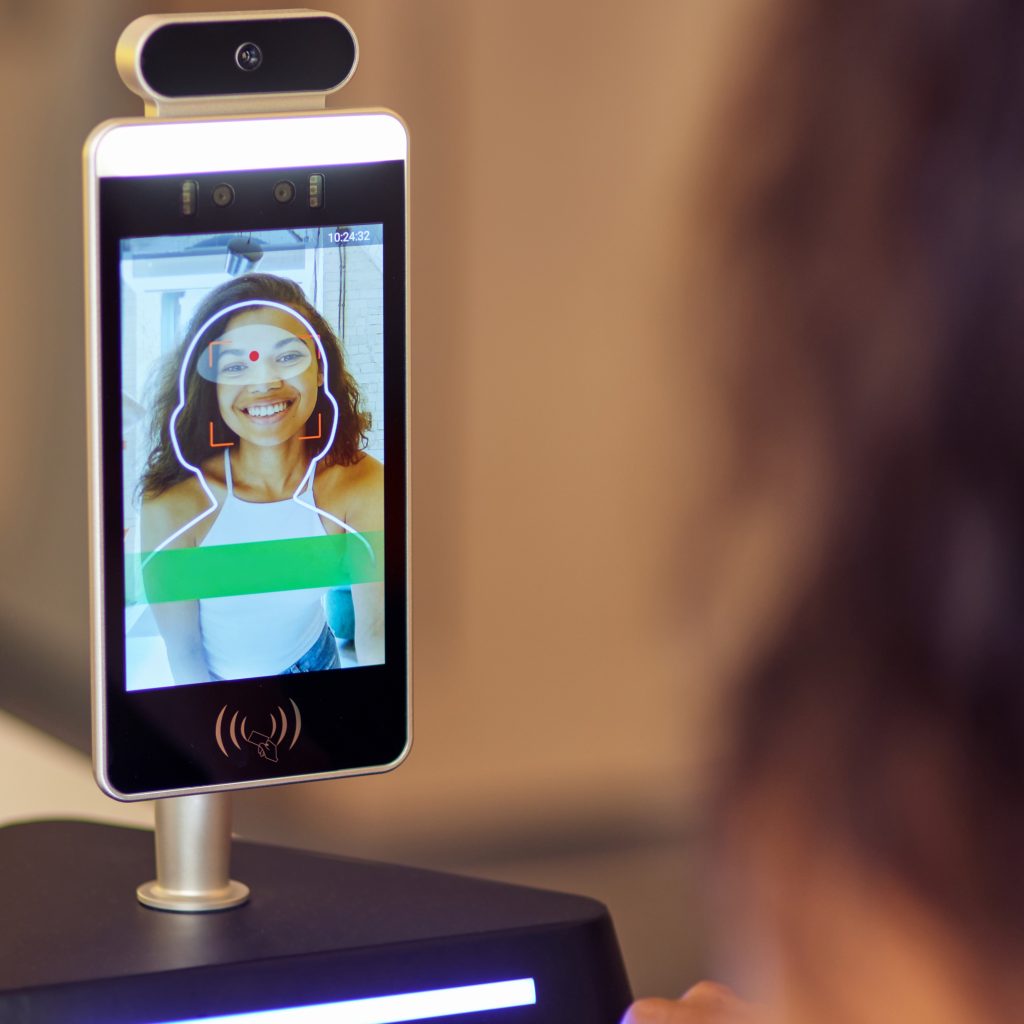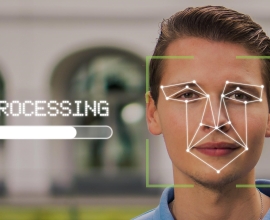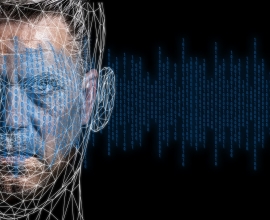Event management can be a tricky task. From weddings to conferences or concerts containing thousands of visitors, all of them must be registered and granted access to the premises or services accordingly.
As organizers try to balance the need for reliable security measures with the desire to provide an enjoyable and seamless experience, facial recognition technology has emerged as an innovative tool.
Facial recognition APIs, applied in time and attendance software, can be a great solution for attendee registration, which enhances security protocols, reduces queues, and simplifies event management altogether.
Facial Recognition API enables a faster check-in method
Traditional registration processes often involve manual data entry and verification, which can be time-consuming and prone to errors.
Facial recognition APIs eliminate these inefficiencies by allowing attendees to register and check in using their faces as unique identifiers.
This process is not only faster and more convenient but also reduces the risk of human error.
This eliminates the need for manual ID checks and paper forms or printed tickets, significantly streamlining the registration process and providing a more efficient experience for both organizers and attendees. We should also highlight that cloud biometrics APIs can be customized to be used with mobile or desktop applications or integrated into other applications of your liking.
An example of facial recognition in use could be the Citi Field baseball stadium in New York City. The well-known baseball team “The Mets” are using facial recognition software for entrance and ticketing to their games as part of an elevated technological experience.
It is crucial to select facial recognition software that can accurately identify individuals regardless of external factors like glasses or facial hair which help make the software highly secure. It also has the ability to accurately recognize individuals whilst their eyes are closed, which you can read about here.
The registration process
- When attendees arrive at the event venue, the face recognition system is activated for check-in.
- Cameras or sensors capture images of individuals’ faces as they approach the designated check-in area.
- The system then compares these real-time facial images with the stored templates in the database.
- If a match is found, the individual is successfully checked in, and relevant information about their attendance is recorded.
Quick and accurate processing is essential to provide a seamless and efficient check-in experience.
Consequently, face recognition technology then eliminates the need for physical badges or QR codes, simplifying the process of accessing event venues and areas.
Without the need to show your ID card or passport, the visitor can skip long lines and enter the events hassle-free.
This simplifies the entrance for many massive and crowd-gathering events, e.g., sports championships, concerts, or even corporate parties.
Not only the attendees can feel safe—but the organizers can also rest assured that only the right people pass the necessary security measures.

The perks of facial recognition API
Now that we have elaborated on the check-in process, we will touch on some of the numerous advantages that facial recognition API integration can bring to businesses:
Cutting staff costs
Facial recognition APIs can streamline registration and check-in, reducing staffing requirements, and simplifying data management.
As mentioned, the attendees can register and check in seamlessly by scanning their faces without the need for manual ID checks or paper ticketing that would require a dedicated person to do that.
Because there is no need for manual check-in, the number of staff that is required to manage event registration and access control can be reduced. This effective check-in process allows organizers to reallocate resources to other areas, such as event support and security, where more personnel are needed and thus improve the monitoring of the whole event.
Accurate attendance monitoring
Facial recognition data can also be integrated with event management systems, providing a central repository for attendee information and tracking. This can help organizers to track attendance, identify potential security risks, and personalize attendee experiences.
Contactless helps boost efficiency and hygiene
It is also easier to adhere to the specific hygiene requirements that have been implemented widely after the global pandemic. This impacts the spread of diseases and contributes to the overall cleanliness of the event as contactless registration reduces contact with different surfaces.
In addition, it is a common practice that after the event, venues are left cluttered with the leftovers of paper tickets or pass wristbands. A contactless registration method, like facial recognition, could diminish the scale of litter which would help save funds that would otherwise be used for a thorough cleaning and inspection of the lot.

Analyzing visitor behavior
To precisely evaluate the success of your event, analyzing the behaviors of visitors could be beneficial. With the use of facial recognition API software, organizers can track and learn more about the popularity of an event.
It could give more information on the time when there was the biggest influx of visitors, what age group chose which session, or even influence future marketing campaigns. This impacts the company’s decision-making process and might even help improve profits.
Tracking down missing people
Even though large events create an exciting and joyous atmosphere, one might get lost from their family or friends. This is especially common among families that bring their underage children with them. Children can easily get distracted by lights or sounds due to hyperstimulation, therefore, effective measures should be considered while trying to trace them.
Facial recognition can help alleviate the tension for both the parent and the child. The security staff could then easily find the missing person having the facial data and compare it with the surveillance footage.
It should also be noted that this check-in method could also help find vulnerable groups of people, for example, the elderly or people suffering from serious illnesses like Dementia, according to this study here.
VIP Identification and authorized access
To enhance the security of any event, effectively managing VIP movement is crucial. By integrating facial recognition API technology for events, it becomes easier to identify VIP guests and grant them authorized access to designated areas.
Moreover, VIP lounges and restricted spaces often require special authorization, and relying on a large security staff to manage these access controls can be costly and inefficient.
Facial recognition access control systems or devices can effectively handle this task, streamlining the process and reducing reliance on manpower.
For events with heightened security concerns, facial recognition software can be employed to safeguard specific areas where access is restricted to authorized personnel.
If an unauthorized individual attempts to gain entry, the system will activate an alarm, alerting security and facilitating the identification and apprehension of the intruder.
In summary, facial recognition APIs have influenced event management, providing a multitude of benefits that enhance security, simplify registration, and provide valuable insights into attendee behavior.
By implementing this customizable technology, event organizers can create a safer, more efficient, and data-driven approach to event management.
These effective measures ultimately enhance the overall experience for both attendees and organizers. As facial recognition technology continues to evolve, its role in event management can be expected to expand even further. It is an effective crowd-management solution that can make the chosen event even more enjoyable.









